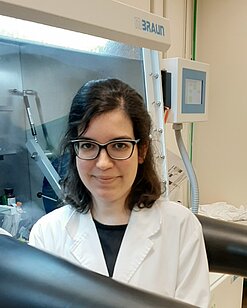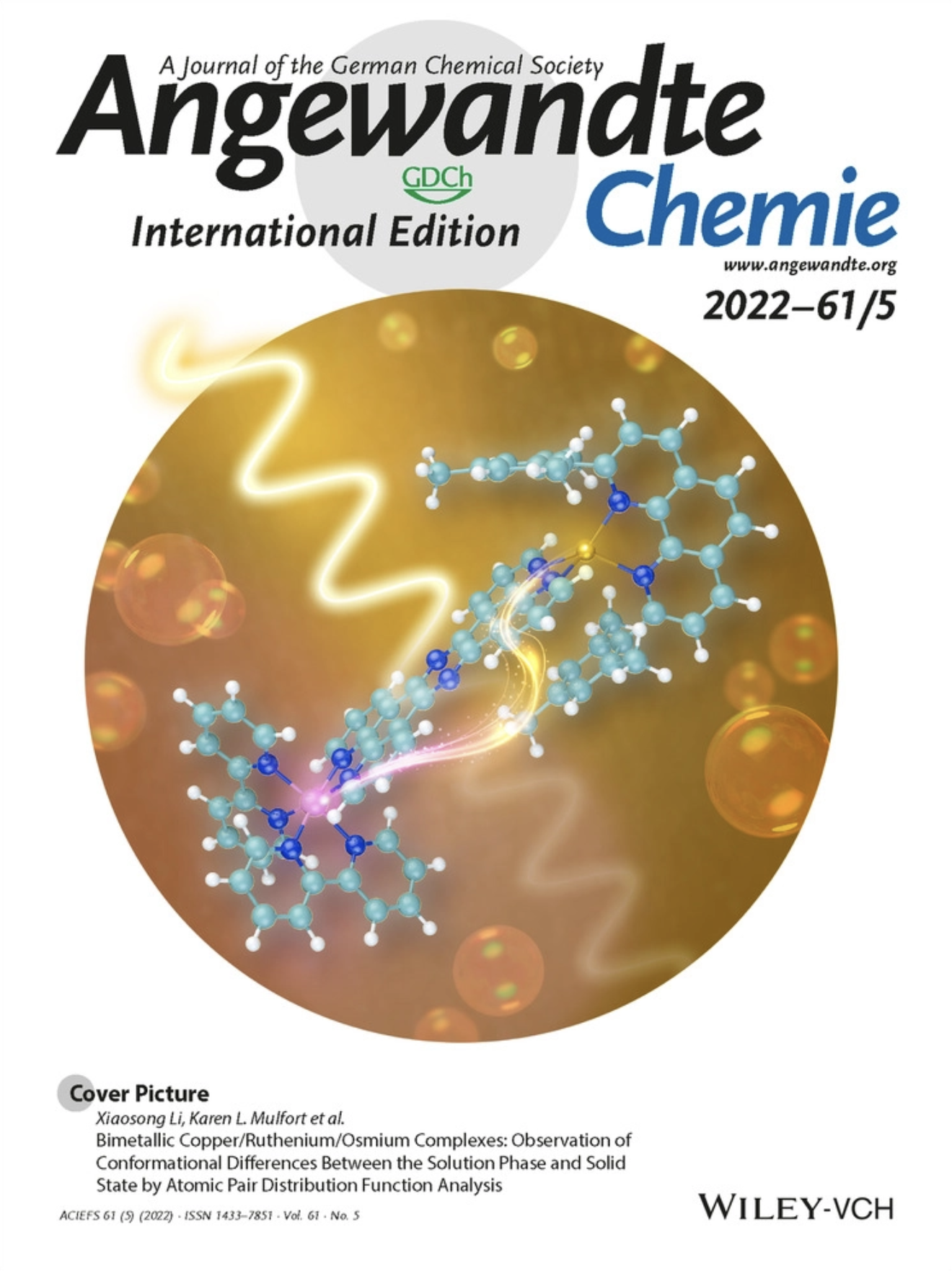LiCH3 and LiCH2CH3 react with complex [Mo2(H)2(μ-AdDipp2)2(thf)2] (1 thf) with coordination of two molecules of LiCH2R (R=H,CH3) and formation of complexes [Mo2{μ-HLi(thf)CH2R}2(AdDipp2)2], 5 LiCH3 and 5 LiCH2CH3 , respectively (AdDipp2=HC(NDipp)2; Dipp=2,6-iPr2C6H3 ; thf=C4H8O). Due to steric hindrance, only one molecule of LiC6H5 adds to 1 thf generating complex [Mo2(H){μ-HLi(thf)C6H5}(μ-AdDipp2)2], (4 LiC6H5). Computational studies disclose the existence of five-center six-electron bonding within the H‒MoMo‒C‒Li metallacycles, with a mostly covalent H‒MoMo‒C group and predominantly ionic Li‒C and Li‒H interactions. However, the latter bonds exhibit non-negligible covalency, as indicated by X-ray, computational data and the large one-bond 6,7Li, 1H and 6,7Li, 13C NMR coupling constants found for the three-atom H‒Li‒C chains. By contrast, the phenyl group in 4 LiC6H5 coordinates in an η2 fashion to the lithium atom through the ipso and one of the ortho carbon atoms.
https://doi.org/10.1002/anie.202116009

Marina Pérez



